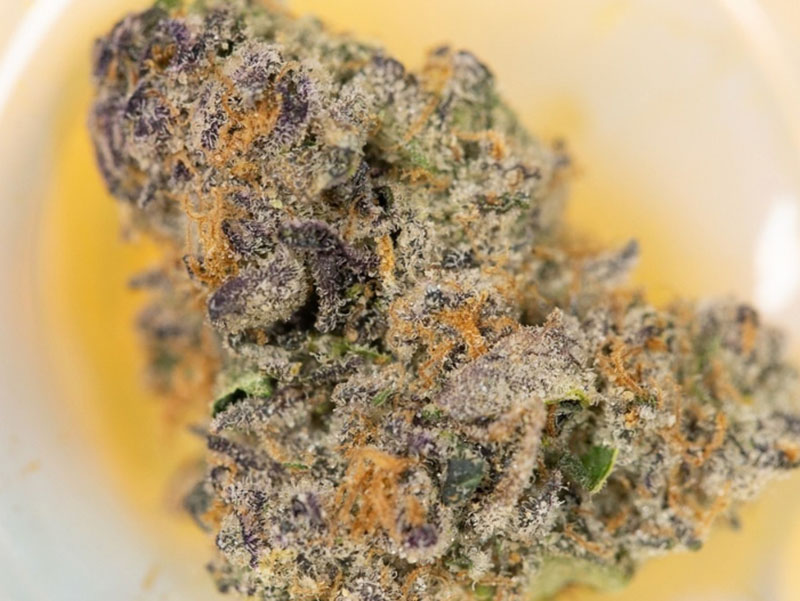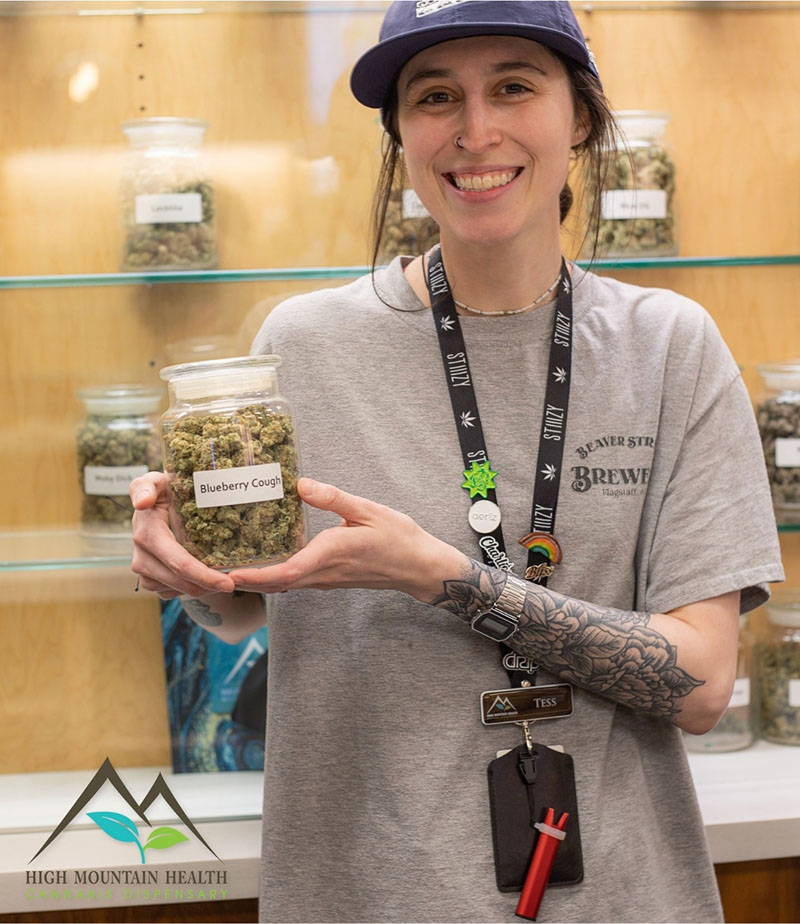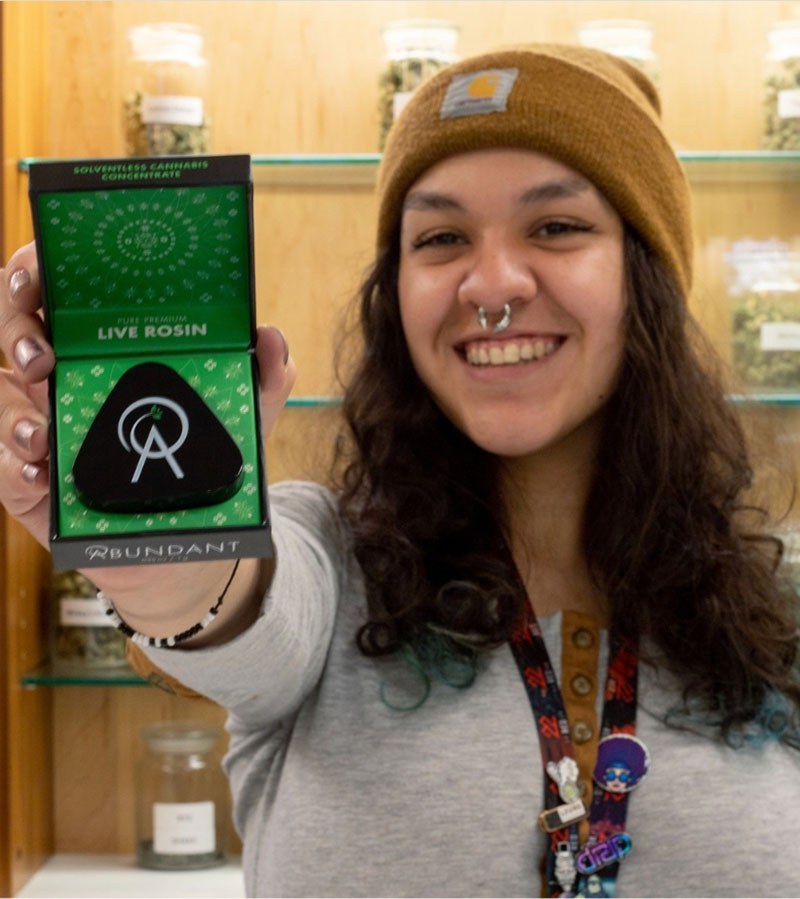By Zachariah Finning
Although still classified as a schedule one drug by the United States Federal Government, cannabis has started to make its transition into the medicinal mainstream. The FDA has recently approved an Epilepsy medication derived from CBD and some states have gone as far as recreational legalization. The times sure are changing, but the healing properties and value of cannabis have been noted for thousands of years. Before any scientific evidence existed to support these claims, cultures and civilizations from all over the globe have used cannabis in their spiritual and religious ceremonies. The beliefs and reasons for cannabis use vary dramatically. Some believe that it is their religious right to constantly smoke or consume the plant, while other religions only use it sparingly in certain ceremonies.
The Spiritual uses of the cannabis plant range far and wide across the planet. As early as the 4th century Taoist texts mention using cannabis in censers, better known as incense burners. The Taoist encyclopedia Wushang Biyao, meaning Supreme Secret Essentials, states that cannabis was added into their ritual incense-burners. It also suggests that they used this purifying smoke to “call down the Perfected Immortals” (S1). The Taoist Shangqing School was founded by Lady Wei Huacun and Xu Mi. The name literally translates to Supreme or Highest Clarity. The Shangqing scriptures were thought to be dictated to Yang XI in nightly revelations from Immortals (S1). The British biochemist Joseph Needham, known for his research and writings on the history of Chinese Science and Technology, proposed Yang was “aided almost certainly by Cannabis”. Needham also linked myths about Magu, the Hemp Damsel, with early Daoist religious uses of Cannabis. He points out that Magu was the goddess of the Sacred Mount Tai. This is where cannabis “was supposed to be gathered on the seventh day of the seventh month”, a day of séance banquets in the Taoist communities (S1). The plant would have most likely been burned via censers in their banquet halls.
Hinduism is another religion that has correlations between their spiritual ceremonies and the cannabis plant. They however mention and advise caution in their teachings. According to one teaching, when the amrita (elixir of life) was produced from the churning of the oceans by the asuras and devas described in the Samudra Manthan, Shiva, one of the three Gods of the Hindu holy trinity, created cannabis from his own body to purify the elixir(S1). Other depictions suggest that the cannabis plant grew when a drop of the elixir fell upon the ground. It is because of these associations and teachings that Hindu sages use cannabis (S1). The wise drinking of Bhang (a ceremonial drink containing cannabis) is believed to rid the soul of sins, unite one with Shiva, and avoid the miseries of hell in the future life. However foolish drinking of Bhang without rites is considered a sin (S1). It is also believed to have medicinal properties pertaining to pain relief and aphrodisiacs in small quantities which is mentioned in Ayurveda, a system of medicine with roots in India. Again, it stresses using small amounts and that large amounts or daily use can be detrimental (S2). Ayurveda does not mention smoking the plant but rather ingesting edible preparations. To this day Bhang is still consumed by thousands of followers of the Hindu faith regardless of more recent individual regional bans on the drink (S2).
Turning the page forward towards more modern cultural and religious beliefs, we can still find that cannabis is at the center of some pretty distinguished followings- Rastafari being one of these more known religions. Relatively young, established in the 1930’s, its incorporation of cannabis as a ceremonial herb has been noted since at least the 1940’s (S1). The Rastafari believe in avoiding alcohol, tobacco, and even caffeine insisting they diminish a persons’ health and dignity. On the contrary, they believe cannabis to be a sacred herb that soothes the anguished mind and allows one to reason more clearly (S3). Practitioners of the faith often gather in groups to pass around pipes, joints, and even big water pipes they call “chalices” (S1 &S3). During these gatherings the Rastafari discuss philosophical matters in a non-combative fashion. These communal ceremonies are called “groundings” and are said not only to improve reasoning and social cohesion but also one’s own connection with God, whom they call “Jah” (S3). Their reasoning behind this belief can be traced all the way back to the bible where multiple references to an “Herb” are taken to venerate cannabis. Psalms 18:8 and Revelation 22:2 are a couple of these references (S3). The true roots of the movement lie in colonial Jamaica where first introduction to cannabis would come from the Hindus. The British Empire unknowingly aided this divine indoctrination through indentured laborers brought to Jamaica from India. The sharing of the cannabis plant was welcomed by many Jamaicans. The Rasta use of the word “Ganja” in their groundings and faith is directly derived from the Hindi word for cannabis which itself stems from the Sanskrit word for the plant “ganjika” (S3). One of the most well-known followers of the Rasta faith is Bob Marley, who not only embodied the following, but helped propel it to the world stage. One of his most famous and laid-back albums was titled KAYA. It held an airy mood of gently-stoned benevolence. Kaya is a local Jamaican term for cannabis (S4). At High Mountain Health we grow our own local flower, and from that flower produce our own brand of concentrates appropriately named KAYA. Our KAYA brand is known for its purity, potency, and efficient medicinal value.
Jumping into the present day, a lesser known more recently emerged belief in the spiritual use of cannabis arose in Cantheism. Cantheism, like Buddhism, is a religion that is accepting of all other traditions. Cantheists meet semi-regularly on Sunday afternoons. Each person brings flower to share and places “contributions” on an altar. These can range from the cured flower to twine of hemp, live cannabis plants, and even photographs (S5). During these gatherings some just socialize while others roll joints or cones from the shared stash. This is intended as a sacramental and spiritual connection not as a party, or even medicinally, during these gatherings. Similarly to the Rasta faith they use the cannabis plant as a “sacrament to deepen the connection with oneself and community” (S5). Known Cantheist, Jane Leonard, often follows the ceremonies with yoga. She says “In this deep relaxation we realize that we are pure consciousness…here we can heal our sense of separation and find the space to explore our heart’s deepest desires” (S5). The rise of Cantheism can be closely associated with the boom of the modern cannabis industry and state legalizations. Chris Conrad an avid cannabis activist and Canthiest says “This is not just another commodity that people buy and sell. People have been sent to prison to keep this plant available to others. That’s a profound thing” (S5).
From the beginning of historical records to the present-day cannabis has been seen as a spiritual plant. It has been used ceremonially by many cultures and religions. There is no shortage in the list of beliefs that claim the plant has enlightening properties. Some propose limited use and only for, or during, certain ceremonies. While others insist that it is their religious right to smoke and consume the plant every day. No matter your personal stance on cannabis it is no wonder that the plant is becoming broadly accepted and will continue being used to bring people closer to a better understanding of themselves and the world around them.
Sources:
S1- https://en.wikipedia.org/wiki/Cannabis_and_religion
S2- https://en.wikipedia.org/wiki/Cannabis_in_India
S3- https://www.royalqueenseeds.com/blog-the-history-of-the-rastafari-movement-and-cannabis-n1018
S4- https://www.udiscovermusic.com/bob-marley/bob-marley-kaya/
S5- https://hightimes.com/culture/cantheism-makings-cannabis-religion/










